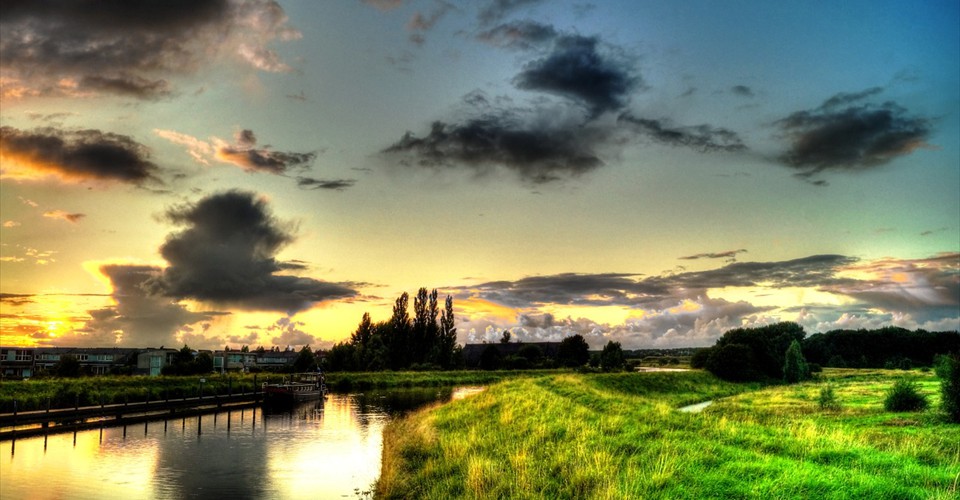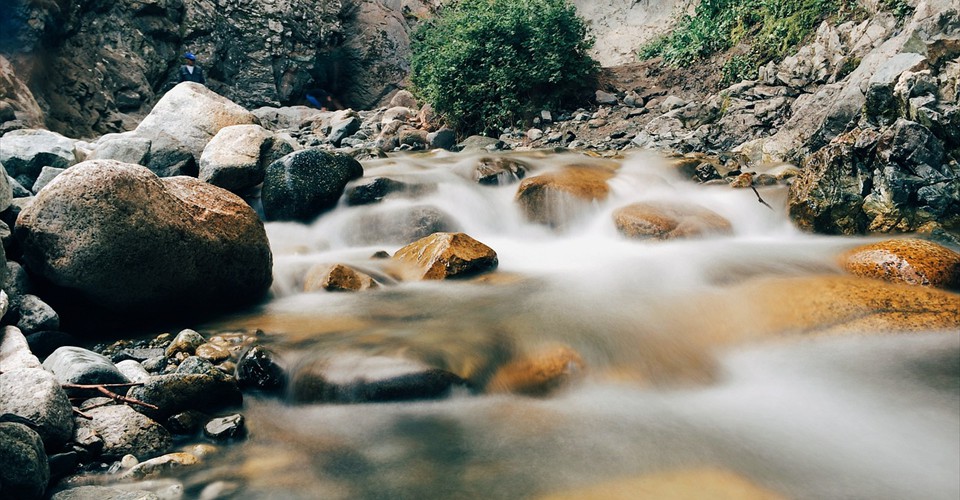Vedic Period
It is supposed that the Vedic Period in Indian Subcontinent was supposed to be started in 3000-1500 BCE.However, nobody knows
the actual date and time of the Vedic period. As per the mythology, it is
believed that Vedic period was establish with the origin of Veda and it is
supposed to be hundreds of thousand of year ago. The First Veda was The Rigveda
and have compiled with thousands of Verses. The other Veda were Atharva Veda,
Yajurveda and the Samveda. Among these four Vedas, Samveda is highly
associated with music and musical terms. The early chanting of religious hymns
was noted around 3000 BCE. The scientific analysis of the early music come to
existence with the origin of RigVeda. The Literary and music tradition from
this period in Indian Subcontinent. The Hindu and Sanatan Dharma- A compound
belief and faith on god says that the text of the four Vedas were imparted to
the sages by Lord Brahma, the creator of the Universe in the form of Spoken
words and have been handed down from generation to generation in oral
tradition. The Vedic scholars mesmerized in reciting the spiritual hymns of the
Veda in the form of rise and fall of the tonality in much systematic and disciplined
way. These rise and fall of the tonality and the recited verses of Rigveda are
known by the Udat- Anudat and Swarit. Udat means the high notes or the taar, Anudat means the Mandra or the Low notes and the Swarit means the the Samata or the middle or the Madhya. According to the present swar
system Rishav and Dhaivat are Udat, Gandhar and Nishad are Anudat and Shadaj, Madhyam and Pancham are Swarit notes.
The chanting Nada “Oum" or
"Om" was considered as the basic note of the music. The Samveda was
the first religious text in Indian Subcontinent to address the music as the
singing component of verses and hymns of the Veda for religious and spiritual
purpose. The recited verses of Samveda was called Samgaan. The Statotra and the Richas of the Vedic literature were sung during the period. The
swar of Samveda was named as Yem and
the name of the notes are Udat-Anudat and
Swarit. The Musical octave was
created with the ascent and descent of the the Yem. The Musical scale of Samgayan was the primordial in the history
of Indian Music. In fact the transition from chanting to singing was a slow
process so the music octave was slowly created with seven notes following the Shada Gram. It is the emergence of Solfa
terms is said to be that, Sa and Ma (Shadaj -Madhyam) from Samveda, Ri and Ga
(Rishav-Gandhar) from Rigveda, Dha and Ni (Dhaivat and Nishad) from Upanishads.
The Concept of SA Re Ga Ma Pa Dha Ni and SA as the musical syllable is
considered as an important and major turning point in the history of Indian
Music in Vedic period and these seven notes are mentioned in the Narada
Parivrajak Upandishad. These Musical terms and the name of Swar are found in
the seventh century Kudumiya- Malai Inscription too.
The Vedic Literature were sung in
three notes and different meters with aesthetic sentiments, accompanied by
different musical instruments. Veena,
Flute, Mridangam along with Khattaal and
Shankh were used as the supporting instruments
in Samgaan. The tone of Vedic music, Archik were in a descending series where
as those of the the Desigeet and
Laukikgeet, that evolves in the parallel of Vedic period were in ascending
order. Sometimes the accent notes Anudat Swarit and Udat were mentioned in the
Shikshas and Pratishikshas as to be used in the Saam as tone of seven Vaidik and Laukik Swar.
It is said that the Samveda is the
fundamental sources of Indian Classical Music. The spiritual and religious
Samveda is further divided in two part called as Purvavarchik (Pri-Phase) and Uttararchik
(Post-Phase). Again the Purvavarchik
is divided in two parts called as Gramegeya
Gaan and Aranyege Gana, and
Uttararchik divided into two parts called as Uha and Uhya. The Samgaan of Samhits and Gaan was further divided
into six or seven categories, and they were Hunkar
means the beginning of the singing,
Prastora- means the person or the religious guru to begin the Sama, Udgita- means the repetition of
the saamgaan or the accompaniment of tune;
Pratihara- means the process of singing of Saam after third verses; Upadrawa-means
the sing at the end of third verses; Nidhan-means
the sacrificial priest during the end of Saam
and the seventh one is Pranava- means
conclusion of Saam with Omkar Dhwani.
In the gradual process of development of
musical concepts during post Vedic period, various alteration had been noticed
to form the Gram and its Murchan. It is believed that the three Gram- Shadaj Gram Madhyama Gram and Gandhar
Gram were altered with Udat-Anudat
and Swarit in Post Vedic Period to form the musical scale. Some of the opinion has defined that the Vedic scale was as similar as the Kafi thaat of Hindustani Sangeet or the Kharaharpiya
of Carnatic Mela. Few of the Opinion refers that Vedic Scale was as similar as the Bhairavi or Hanumattodi
Mela but all these these are only the hypothetical concepts. In fact, it is
very difficult to identify the real musical essence and ascertain the exact
melodic structure during Vedic period.














